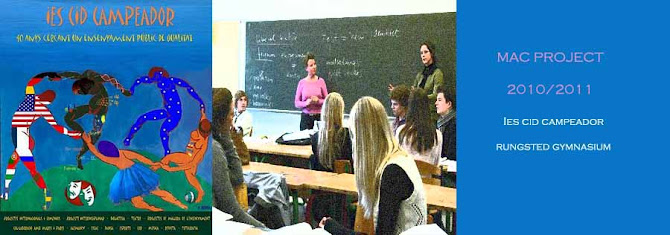
HISTORY OF VALENCIA.-WIKIPEDIA.-
Valencia (Valencian: València) is the capital and most populous city of the Autonomous Community of Valencia and the third largest city in Spain, with a population of 810,064 in 2008.[1] It is the 22nd-most populous municipality in the European Union and 35th-most populous urban area in the European Union with a population of 1,175,000[2] or 1,564,145.[3] 1,705,742[4][5][6] or 2,300,000[7] people live in the Valencia metropolitan area.
It is integrated into an industrial area on the Costa del Azahar. Its main festival, the Falles, is known worldwide, while the traditional dish, paella, originated around Valencia.
The city contains a dense monumental heritage (including the Llotja de la Seda (World Heritage Site since 1996), but its landmark is undoubtedly the City of Arts and Sciences, an avant-garde and futuristic museum complex.
To learn more
HISTORY OF COPENHAGUE
Copenhagen and Absalon
Copenhagen was founded in the years 1160-67 by Bishop Absalon (1128-1201), who was at that time the counsellor for King Valdemar I (1131-1182 - Ruled Denmark 1154–57 as Valdemar the Great). It was King Valdemar I that gave Absalon the task to build a city on the east coast of Zealand to protect trade on the Sound (Øresund). Absalon was the archbishop of Roskilde in 1158 – once the capital of Denmark in the 12th century. Here he initiated the building of Roskilde Cathedral around 1170, which has been the royal burial place since the 14th century of Danish Kings and Queens. Absalon was also the archbishop of Lund in 1178, a province in Sweden near Malmø.
Absalon died in 1201 and is buried in the old monastery at Sorø behind the High Altar.
He donated all of his belongings to the monastery and property to his twin brother Esben Snare.
To learn more...

No comments:
Post a Comment